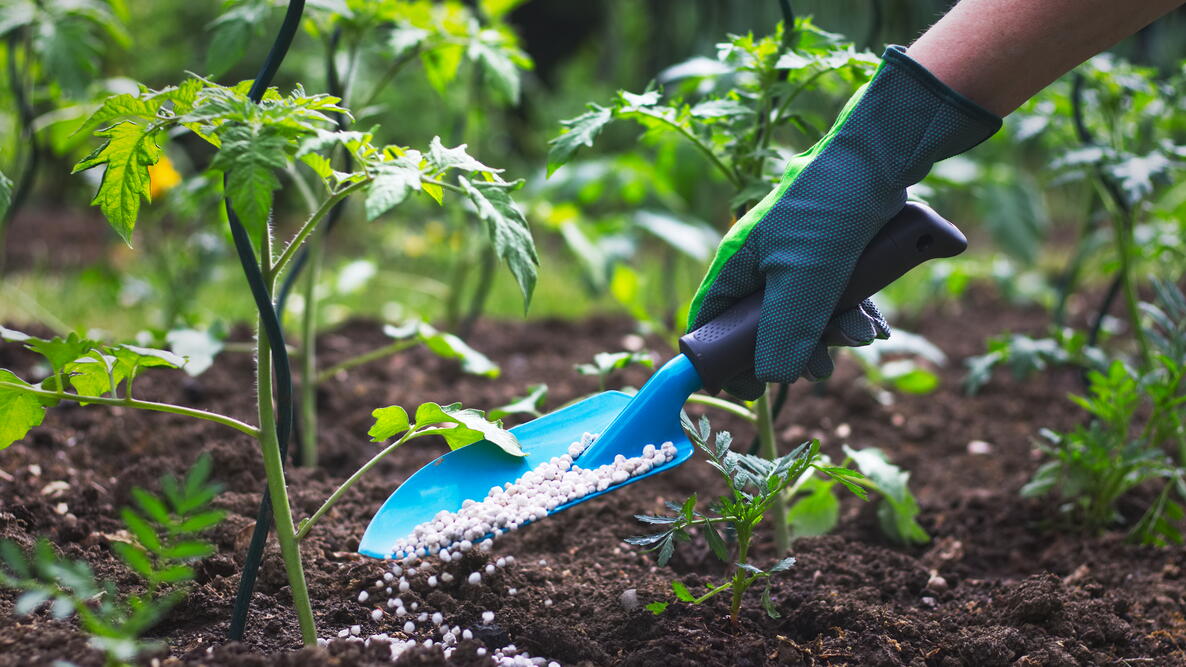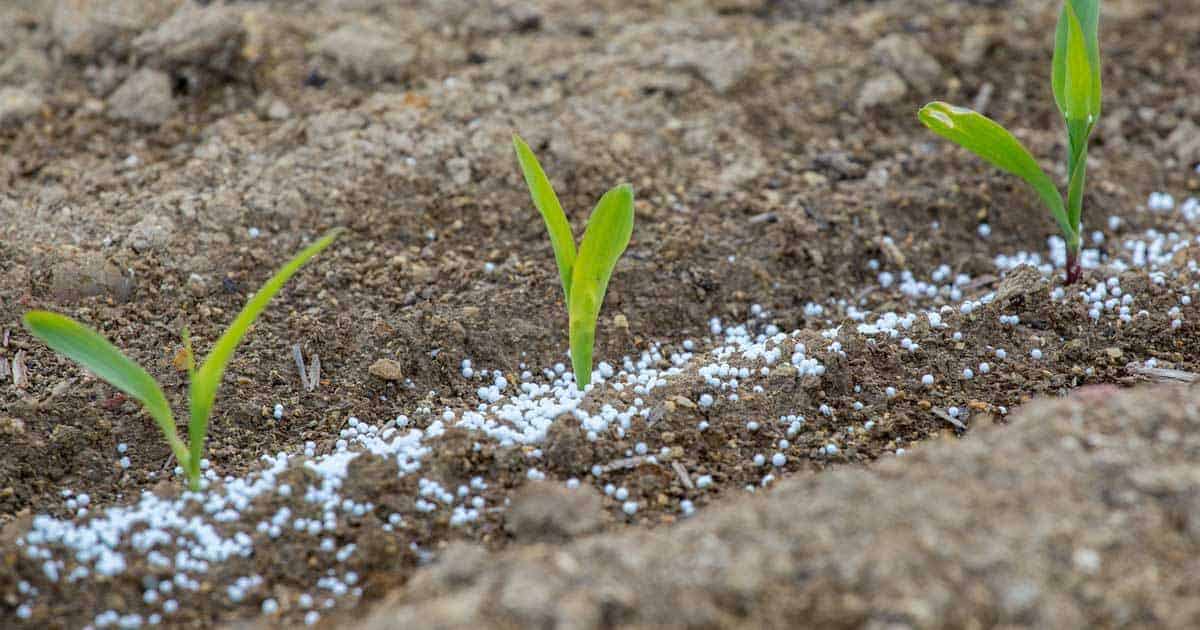Calcium Fertilizer: The Secret To Healthy Strong Plants
Title: Calcium Fertilizer: The Secret to Healthy Strong Plants
Introduction:
Calcium is an essential nutrient for plant growth and development. It helps to build strong cell walls, which makes plants more resistant to pests and diseases. Calcium also plays a role in photosynthesis, flowering, and fruit production.
In many soils, calcium levels are low. This can lead to calcium deficiency in plants, which can manifest as a variety of problems, including blossom end rot, leaf drop, and stunted growth.
Main Content:
What is calcium fertilizer?
Calcium fertilizer is a type of fertilizer that provides plants with the calcium they need to grow healthy and strong. Calcium fertilizer is available in a variety of forms, including liquid, granular, and slow-release.
How does calcium fertilizer work?
Calcium fertilizer works by providing plants with the calcium they need to build strong cell walls. Strong cell walls make plants more resistant to pests and diseases. Calcium fertilizer also plays a role in photosynthesis, flowering, and fruit production.
Benefits of calcium fertilizer
There are many benefits to using calcium fertilizer, including:
- Improved plant health: Calcium fertilizer helps to improve the overall health of plants, making them more resistant to pests and diseases.
- Increased fruit and vegetable size: Calcium fertilizer can help to increase the size of fruit and vegetables, as well as their shelf life.
- Improved soil health: Calcium fertilizer can help to improve the structure of soil, making it more porous and easier for water and nutrients to move through.
How to use calcium fertilizer
The best way to use calcium fertilizer depends on the type of fertilizer you are using. Liquid calcium fertilizer can be applied to the soil or to the leaves of plants. Granular calcium fertilizer can be worked into the soil or applied as a top dressing. Slow-release calcium fertilizer can be applied to the soil and will release calcium over time.
How often to use calcium fertilizer
The frequency with which you need to use calcium fertilizer depends on the type of fertilizer you are using and the needs of your plants. Liquid calcium fertilizer may need to be applied more frequently than granular or slow-release calcium fertilizer.
Signs of calcium deficiency
If your plants are not getting enough calcium, you may see the following signs:
- Blossom end rot: This is a condition that causes the bottom of fruits to rot.
- Leaf drop: This is a condition that causes leaves to fall off of plants prematurely.
- Stunted growth: Plants that are not getting enough calcium may grow slowly or not at all.
Conclusion
Calcium fertilizer is an important nutrient for plant health. By providing plants with the calcium they need, you can help to improve their overall health and productivity.
Calcium is an essential nutrient for plant growth, and calcium fertilizer can help to improve the health and productivity of your plants. There are many different types of calcium fertilizer available, so it is important to choose the right one for your needs.
If you are looking for more information about calcium fertilizer, I recommend visiting Home Gardening. This website has a wealth of information about calcium fertilizer, including its benefits, different types, and how to use it.
FAQ of calcium fertilizer
- What is calcium fertilizer?
Calcium fertilizer is a type of fertilizer that provides plants with calcium, an essential nutrient for plant growth. Calcium helps to strengthen cell walls, improve water uptake, and prevent blossom end rot.
- Why do plants need calcium?
Calcium is an essential nutrient for plant growth. It helps to strengthen cell walls, improve water uptake, and prevent blossom end rot. Calcium also plays a role in the formation of chlorophyll, which is essential for photosynthesis.
- What are the benefits of using calcium fertilizer?
There are several benefits to using calcium fertilizer, including:
* Stronger cell walls: Calcium helps to strengthen cell walls, making plants more resistant to pests and diseases.
* Improved water uptake: Calcium helps plants to absorb water more efficiently, which can help to prevent wilting.
* Reduced blossom end rot: Blossom end rot is a common problem in tomatoes, peppers, and other fruits. Calcium fertilizer can help to prevent this problem by providing plants with the calcium they need.
- How do I use calcium fertilizer?
There are several ways to use calcium fertilizer, including:
* Broadcast application: This is the most common method of applying calcium fertilizer. Simply spread the fertilizer evenly over the soil surface.
* Band application: This method involves applying the fertilizer in a band along the edge of the planting row. This can help to improve the efficiency of the fertilizer and prevent it from leaching out of the soil.
* Soil injection: This method involves injecting the fertilizer into the soil with a specialized machine. This can be a more efficient way to apply calcium fertilizer, but it is also more expensive.
- What are the side effects of using calcium fertilizer?
Calcium fertilizer is generally safe to use, but there are a few potential side effects, including:
* Soil pH: Calcium fertilizer can raise the pH of the soil. This can be beneficial for some plants, but it can be harmful to others.
* Salinity: Calcium fertilizer can also increase the salinity of the soil. This can be harmful to some plants, especially those that are sensitive to salt.
- How often should I use calcium fertilizer?
The frequency with which you use calcium fertilizer will depend on the type of plants you are growing and the soil conditions in your area. In general, you should apply calcium fertilizer once or twice a year.
Image of calcium fertilizer
- Image 1: A bag of calcium carbonate fertilizer.

- Image 2: A granular calcium fertilizer.
- Image 3: A liquid calcium fertilizer.
- Image 4: A slow-release calcium fertilizer.

- Image 5: A pelleted calcium fertilizer.

- Image 6: A powder calcium fertilizer.

- Image 7: A liquid calcium fertilizer being applied to a plant.

- Image 8: A bag of calcium fertilizer with a plant growing next to it.

- Image 9: A granular calcium fertilizer being spread on a lawn.

- Image 10: A slow-release calcium fertilizer being applied to a tree.

Post a Comment for "Calcium Fertilizer: The Secret To Healthy Strong Plants"